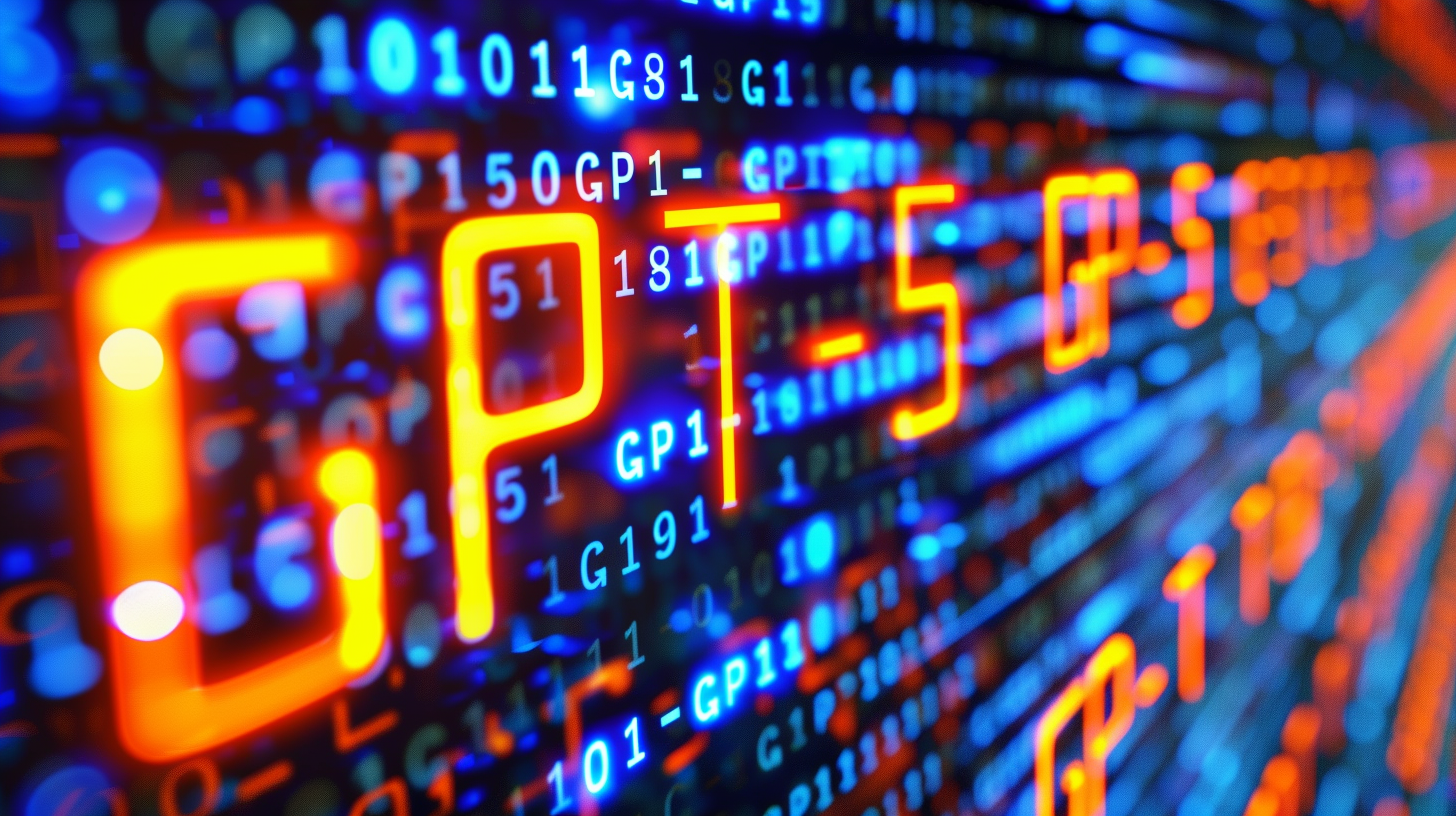OpenAI plans GPT-4.5 release within weeks, sets stage for GPT-5

Key Points
- OpenAI has announced GPT-4.5 as the final iteration of its classic language model series before the launch of GPT-5, which will unify the company's AI product range by integrating the previously separate o-series and GPT-series models.
- GPT-5 will be available in different performance tiers, with free users accessing the standard version, Plus subscribers gaining access to a higher level of intelligence, and Pro users benefiting from the highest level of performance.
- The integration of the o3 model in GPT-5 reflects OpenAI's strategy of combining the generality of large language models with the precision of specialized reasoning models, as emphasized by CEO Sam Altman's recent comments on the importance of "Large Reasoning Models" (LRMs) for AI progress.
OpenAI is getting ready to release GPT-4.5, developed internally as "Orion," in the coming weeks. CEO Sam Altman says it will be the company's final traditional language model before a major shift in strategy.
We first heard about Orion last November, when The Information reported that the model showed smaller improvements over GPT-4 than expected, suggesting traditional language model scaling might be reaching its limits.
Now, OpenAI appears to be positioning this release as a stepping stone while preparing for a completely new architecture with GPT-5.
Instead of releasing o3 as a standalone model, as previously announced, OpenAI will integrate it into GPT-5, creating what Altman describes as a system " that can use all our tools, know when to think for a long time or not, and generally be useful for a very wide range of tasks."
The company aims to move away from its current lineup - which includes about eight different ChatGPT variations and numerous API models - toward what Altman calls a "magic unified intelligence."
"We want AI to 'just work' for you; we realize how complicated our model and product offerings have gotten," Altman says. GPT-5 is designed to combine all of ChatGPT's features, including voice, canvas, search, and deep research.
A new tiered approach to AI access
Alongside GPT-5, OpenAI will introduce a three-tier system. Free users will get "unlimited chat access to GPT-5 at the standard intelligence setting," with safeguards against misuse. Plus subscribers will be able to use GPT-5 "at a higher level of intelligence," while Pro subscribers will have access to "an even higher level of intelligence," according to Altman.
The decision to fold o3 into GPT-5 reflects Altman's recent emphasis on Large Reasoning Models (LRMs), which brought significant progress in programming and math capabilities through reinforcement learning: OpenAI's o3 model currently ranks as the world's 175th best programmer, with newer internal versions reaching 50th place. Altman suggests they might achieve the top spot by year's end.
While reasoning models excel at tasks with clear right or wrong answers, like mathematical problems, their capabilities in other tasks like creative work are still limited. By combining these specialized models with the broader capabilities of large language models in GPT-5, Altman hopes to chart a new course for the growth of AI, making models more useful and general in everyday tasks.
AI News Without the Hype – Curated by Humans
As a THE DECODER subscriber, you get ad-free reading, our weekly AI newsletter, the exclusive "AI Radar" Frontier Report 6× per year, access to comments, and our complete archive.
Subscribe now